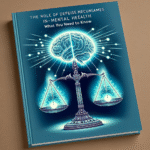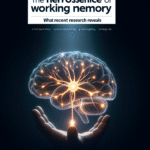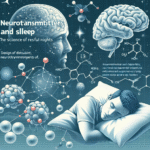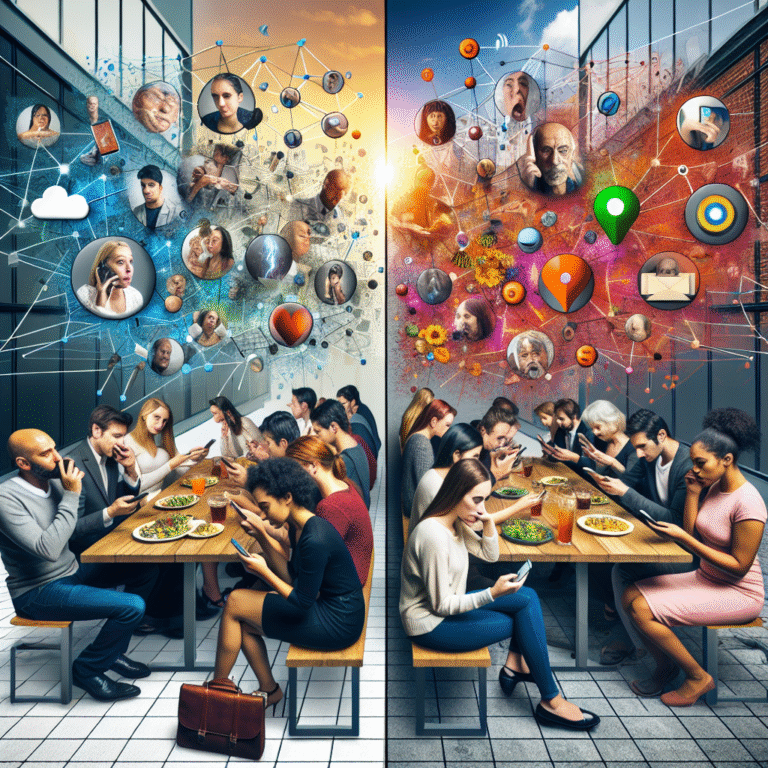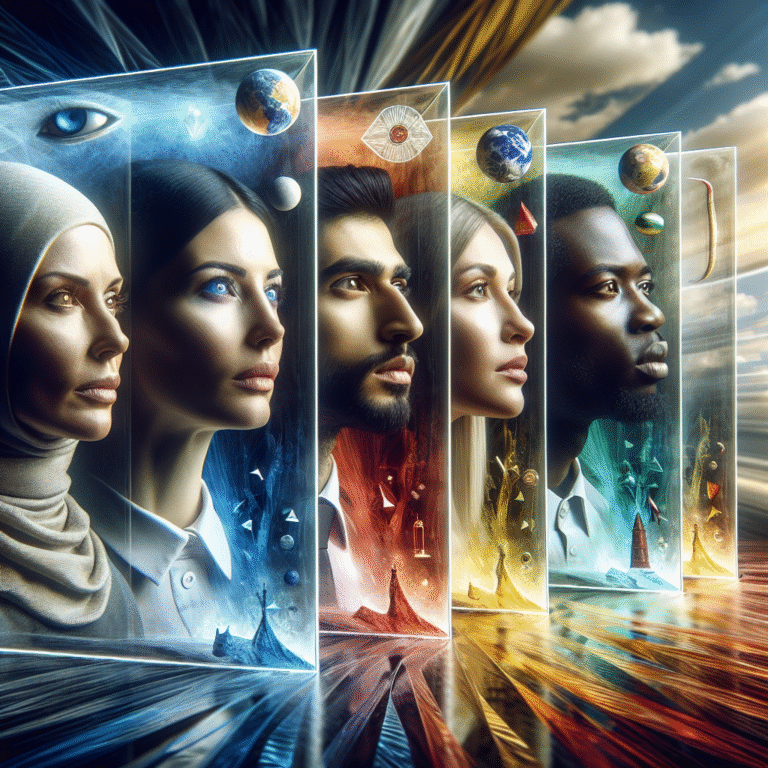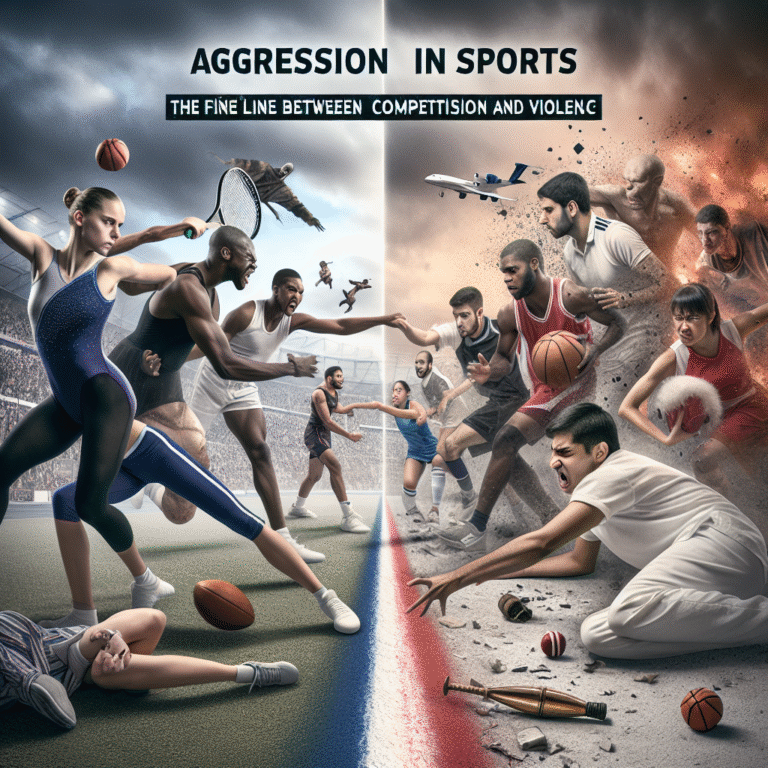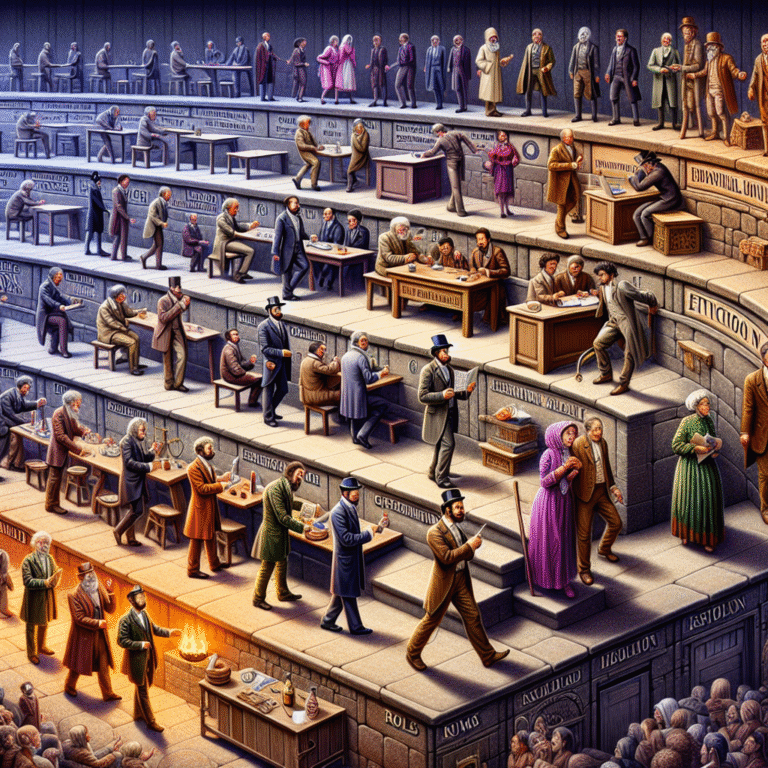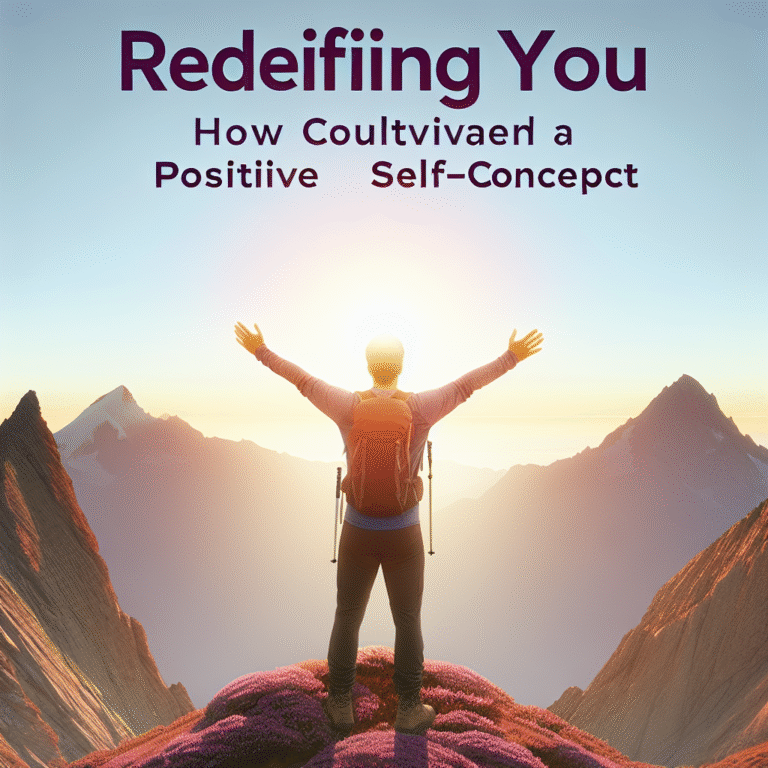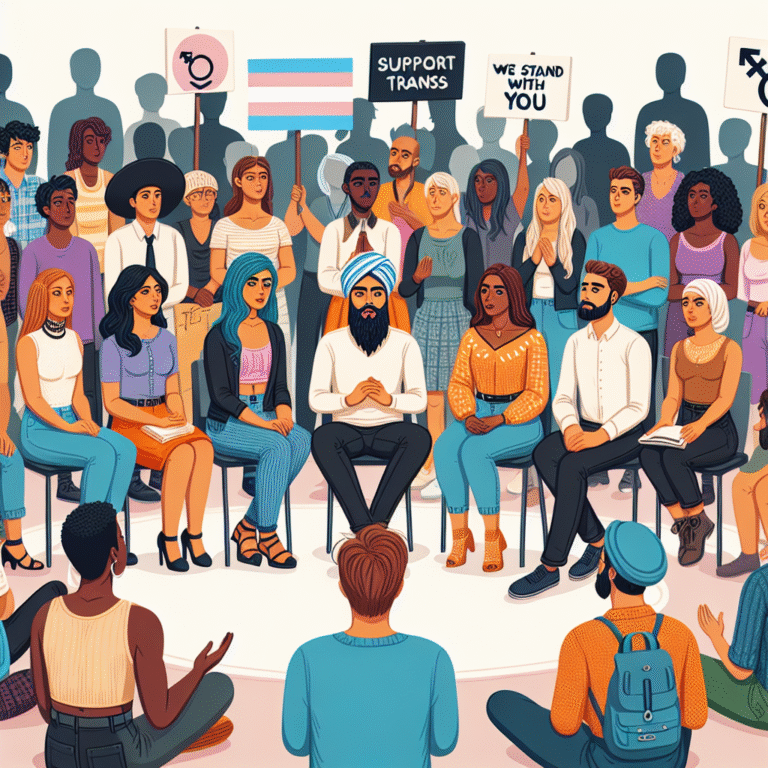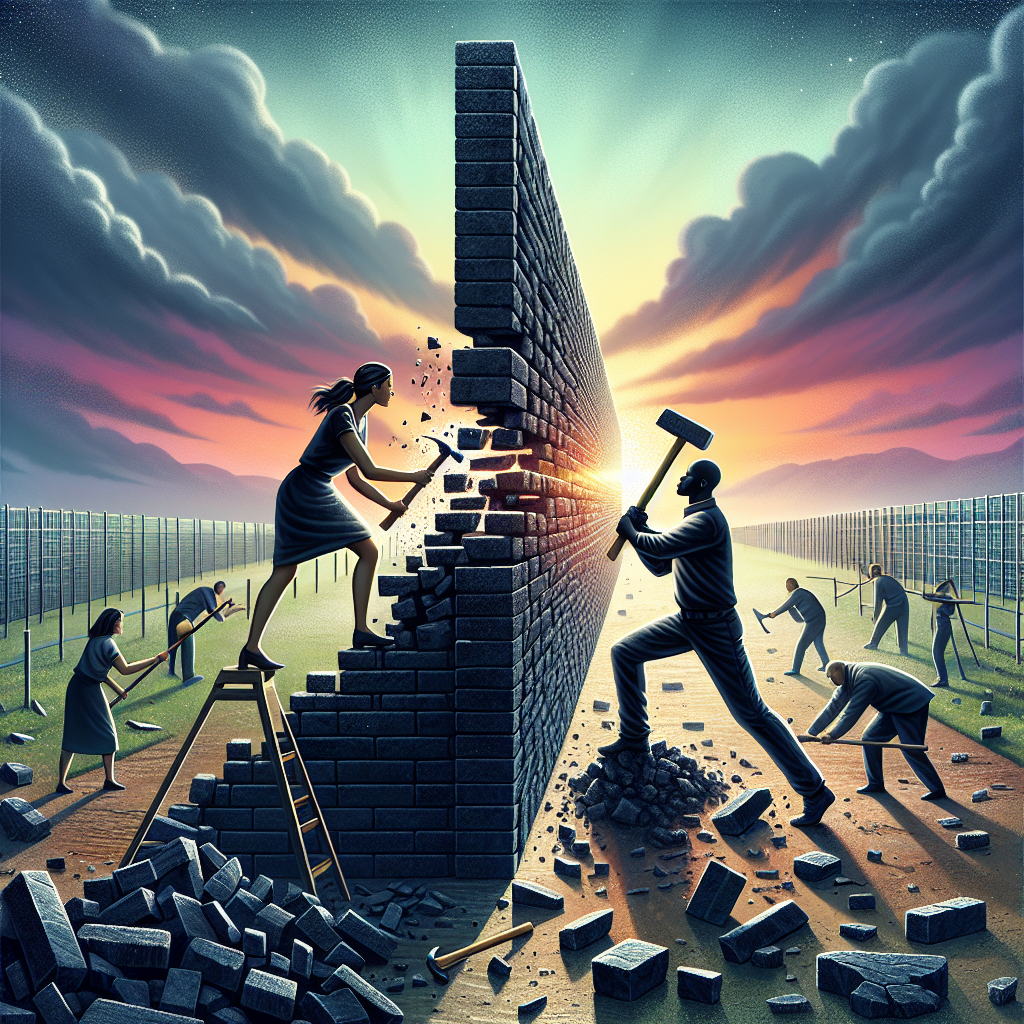
Introduction: The Urgency of Understanding Prejudice
In today’s globalized society, breaking down barriers and promoting inclusivity is not merely an ideal but a necessity. Prejudice and discrimination pervade various facets of our lives, from workplaces to schools, tourism to healthcare. The consequences are dire, perpetuating social divisions and fostering an environment of hostility and misunderstanding. Understanding the roots of these pervasive issues is essential if we aspire to create a more harmonious world. In this article, we will embark on an enlightening journey to dissect prejudice and discrimination, exploring their origins, manifestations, and the practical steps we can take to dismantle them.
The Nature of Prejudice and Discrimination
Defining Prejudice and Discrimination
At its core, prejudice refers to preconceived opinions or attitudes about individuals based on group characteristics such as race, gender, or religion. Discrimination, on the other hand, involves actions that treat people unfairly based on these biases. The interplay between the two creates a potent dynamic that influences societal interactions, leading to systemic inequality.
Case Study: Gender-Based Discrimination in the Workplace
A significant 2021 study by McKinsey & Company found that women continue to face barriers in corporate leadership roles despite their growing participation in the workforce. This gender-based prejudice manifests as lower pay, fewer promotions, and a lack of representation in decision-making positions. Understanding the root causes, such as ingrained cultural stereotypes, is crucial in breaking down these barriers.
Historical Context of Prejudice
To grasp the roots of prejudice, we must delve into our history. Prejudice is not confined to contemporary society; it has historical roots that date back centuries. Racial and ethnic discrimination, for example, has been a feature of societies across the globe.
Table 1: Evolution of Racial Prejudice Across Time
| Year | Prejudice Type | Notable Events |
|---|---|---|
| 1600s | Racial Prejudice | Slave trade begins in the Americas |
| 1865 | Abolition | End of slavery in the U.S. |
| 1960s | Civil Rights | U.S. Civil Rights Movement |
| 2020 | Modern Prejudice | Global protests against racial injustice |
Psychological Perspectives on Prejudice
Social Identity Theory
Social Identity Theory posits that individuals categorize themselves and others into various social groups, which can lead to in-group favoritism and out-group discrimination. This psychological framework is vital in understanding how prejudice develops and persists.
Case Study: The Robbers Cave Experiment
In a landmark psychological study conducted in 1954, Muzafer Sherif divided a group of boys into two competing teams at a summer camp. The study illustrated that mere group categorization ignited hostilities and prejudices, suggesting that conflict can arise from the simplest distinctions.
Cognitive Dissonance and Prejudice
Cognitive dissonance theory suggests that individuals experience discomfort when their beliefs and behaviors conflict. This can lead to rationalizations that reinforce prejudice and discriminatory behavior.
Cultural Influences on Prejudice
The Role of Media
Media representation plays a crucial role in shaping perceptions of various groups. Positive portrayals can foster acceptance, while negative representations can perpetuate stereotypes.
Case Study: Media Representation of LGBTQ+ Individuals
Research indicates that increased positive media representation of LGBTQ+ individuals correlates with greater societal acceptance. Films and TV shows that depict LGBTQ+ lives authentically can dismantle harmful stereotypes, promoting an inclusive culture.
Education as a Tool for Understanding
Educational initiatives can drastically reshape perceptions. By incorporating diverse perspectives in curricula, schools can encourage critical thinking and empathy among students.
Case Study: The Impact of Diversity Training
A report from the Society for Human Resource Management highlighted that diversity training in the workplace not only increases awareness of unconscious biases but also promotes a culture of inclusion. Companies that embrace such initiatives report higher employee satisfaction and collaboration.
Systemic Discrimination and Its Consequences
Injustice in the Legal System
Discrimination is often rooted in systemic issues within legal frameworks. Studies show that people of color disproportionately face harsher penalties for similar crimes compared to their white counterparts.
Table 2: Racial Disparities in Incarceration Rates
| Ethnic Group | Incarceration Rate per 100,000 |
|---|---|
| African American | 2,272 |
| Hispanic | 1,225 |
| White | 450 |
Socioeconomic Disparities
Discrimination intersects with socioeconomic status, perpetuating cycles of poverty and disadvantage. This systemic issue manifests in education, employment opportunities, and health outcomes.
Case Study: The Impact of Redlining
Historically, redlining policies in the United States denied mortgage loans to African American families, relegating them to under-resourced neighborhoods. This systemic discrimination has led to lasting economic disparity that continues today.
Breaking Down Barriers: Practical Strategies
Promoting Inclusive Policies
Governments and organizations must implement policies that actively promote inclusivity. These can include anti-discrimination laws, equitable hiring practices, and affirmative action strategies.
Fostering Dialogue
Creating safe spaces for dialogue allows individuals to share their experiences and perspectives. This exchange can be instrumental in nurturing understanding and empathy.
Community Engagement Initiatives
Engaging communities in activities that promote diversity and inclusion can dismantle prejudices at their roots. Initiatives can range from cultural festivals to intergroup collaboration projects.
Conclusion: Steps Towards Transformation
Breaking down barriers requires a collective effort. By understanding the roots of prejudice and discrimination, we can cultivate empathy, challenge stereotypes, and actively work towards systemic change. Each of us has the power to engage in conversations, advocate for inclusive policies, and educate ourselves and others. The journey may be challenging, but the rewards—a more just and equitable society—are worth the effort.
FAQs: Addressing Common Concerns
Q1: What are some common examples of prejudice?
A1: Common examples include racial prejudice, gender bias, ageism, and discrimination against LGBTQ+ individuals.
Q2: How can I support anti-discrimination efforts in my community?
A2: You can volunteer with local organizations, participate in awareness campaigns, and advocate for equitable policies.
Q3: What role does education play in reducing prejudice?
A3: Education promotes understanding and empathy by exposing individuals to diverse perspectives and countering stereotyping.
Q4: How can individuals confront their biases?
A4: Engaging in self-reflection, seeking feedback, and actively learning about other cultures can help individuals recognize and address their prejudices.
Q5: Why is it important to break down barriers of prejudice?
A5: Breaking down barriers promotes social cohesion, enhances mental well-being, and creates equitable opportunities for all individuals.
In this journey of breaking down barriers and understanding the roots of prejudice and discrimination, let us commit to fostering a moral compass that guides us toward a future of inclusivity and respect for all.
